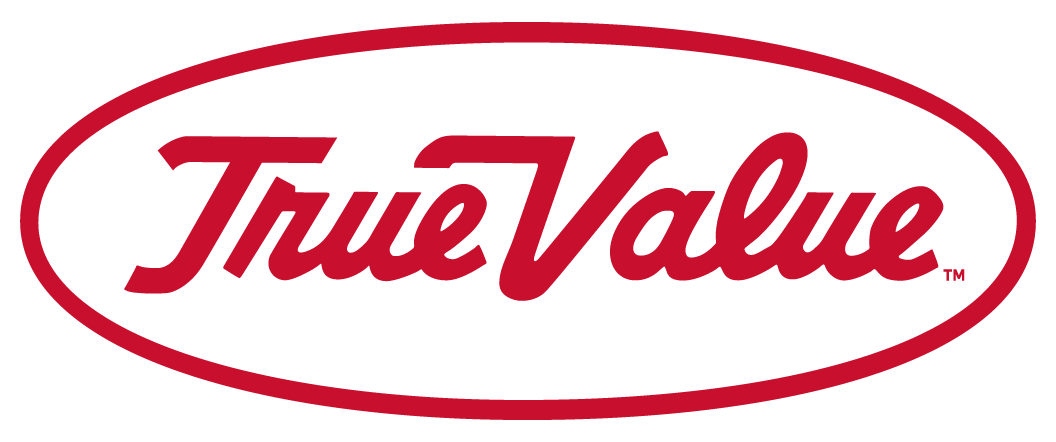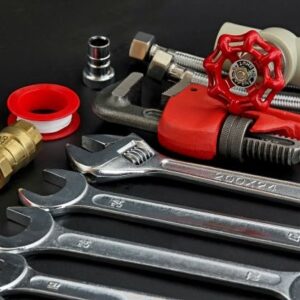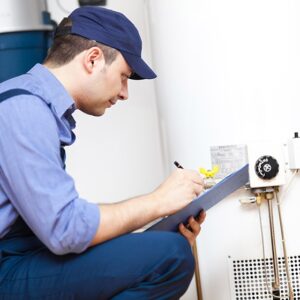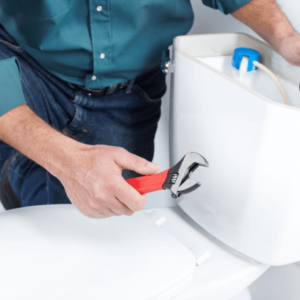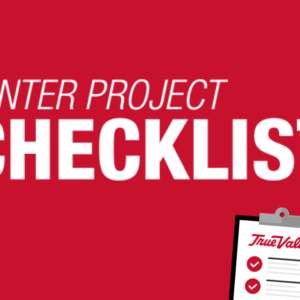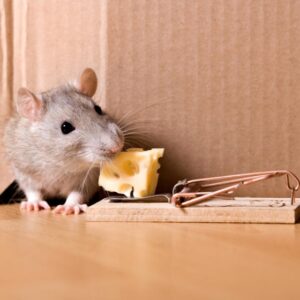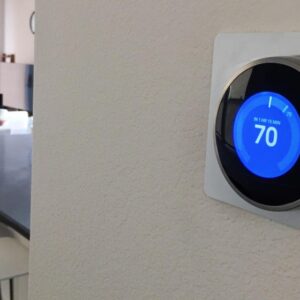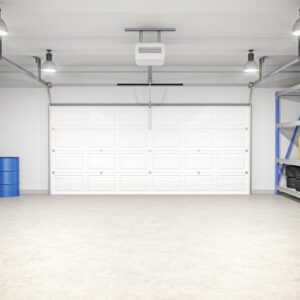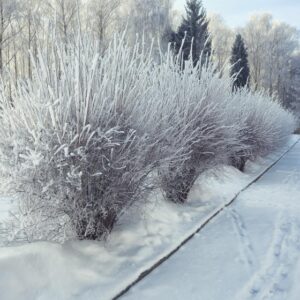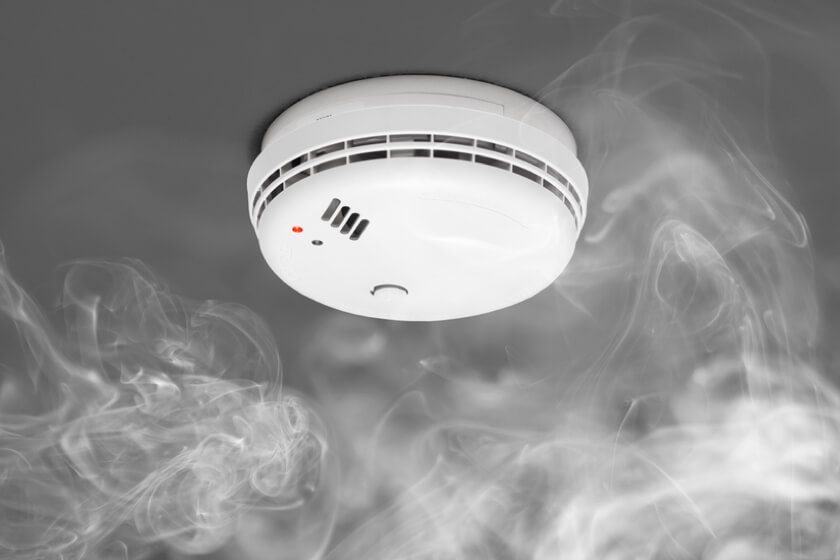Home is where we feel safe, secure and comfortable. But even at home, accidents and unforeseen incidents can happen when we least expect them. Get some peace of mind by following these home safety tips and taking the necessary steps to decrease the chance of injurious incidents by eliminating potential causes and preparing for what happens after they occur.
Develop an Emergency Plan
Make home safety the whole family’s responsibility. Before an emergency situation arises, plan ahead and develop a plan for your household, whether it’s a fire or severe storm. Schedule a family meeting to talk about potential home safety concerns and what you can do to avoid or react to them.
Fires
Map out a fire plan on paper and be sure it includes emergency phone numbers. Post a copy in each bedroom. Try to review the plan with the whole family once a month. Be sure to show everyone how to crawl under smoke to escape during a fire and how to cover their mouths and noses with shirts or towels to keep from breathing in smoke. Designate one family member to assist younger children, elderly relatives or pets during an emergency.
Decide on a meeting spot that is outside and away from the house. All family members living in your home should know the fire plan, including where to gather once they have evacuated the house. Be sure all children know what smoke and fire alarms sound like so they can recognize them during a fire. Teach children the “Stop, Drop and Roll” technique for putting out a fire on their clothes or in their hair.
Storms
Develop a home safety plan for severe storms such as hurricanes or tornadoes. If you have a basement, it is the safest location to go during a storm. Keep supplies such as food, water, flashlights, a portable radio and batteries stored in a waterproof, sealable container so they’re available if you need them. Discuss your plan with your family and make sure everyone understands what to do and what their responsibilities will be.
Helpful Tips
Keep a first aid kit stocked and easily accessible in case of emergencies.
Become certified in CPR techniques.
Keep Fire Extinguishers Ready
Keep fire extinguishers accessible in the kitchen, garage and basement and go over how to use them with your family. There are four classes of extinguishers:
- Class A – Good for general-purpose fire-fighting. Extinguishes fires from wood, cloth and other household materials. These types of fires can also usually be put out with water.
- Class B – Ideal for fires caused by fuels such as gasoline, oil and grease.
- Class C – For use with electrical fires.
- Class D – Used for fires caused by combustible metals and so there is usually no need for this class in the average household.
Most fire extinguishers meant for household use are Class A, B and C, and are suitable for most types of fires that can potentially break out at home.
Helpful Tip
Inspect your fire extinguishers once a year when you inspect smoke detectors to ensure that they are still viable. Over time, a fire extinguisher can lose pressure and be unusable.
To operate a fire extinguisher, just remember P.A.S.S.: Pull the pin, Aim the nozzle, Squeeze the handle and Sweep from side-to-side as it sprays to extinguish the flames. Recharge all extinguishers after any test.
Safety Alert!
Never point a fire extinguisher at yourself or another person.
Install Smoke/Carbon Monoxide Alarms
Install working smoke alarms and carbon monoxide (CO) detectors in your home. This is probably the most important part of any home fire safety plan, as these devices are your first defense against a fire. Once they’re installed, remember to check the batteries twice a year and replace them as needed.
Helpful Tips
Consider using alarms powered by lithium batteries. These batteries can last up to 10 years. After 10 years, it’s also time to replace your smoke alarm.
An easy way to remember to check alarm batteries is to test them when daylight savings time starts and ends.
Do a home walk-through. Look for places where you might have inadequate alarm coverage. Be sure that you mount the devices inside bedrooms or in adjacent hallways. Smoke alarms should be installed high on the wall, preferably on the ceiling, because smoke always rises. If attaching an alarm to a wall, mount it 6″ or 12″ from the ceiling. For a ceiling-mount, install the alarm about 4″ from the wall.
Each device is different so follow the manufacturer’s directions when mounting a smoke/carbon monoxide detector. However, most battery-powered smoke and carbon monoxide alarms are easy to install using a power drill, a screwdriver and a ladder. Measure the distance between the screw holes on the alarm and then place the alarm where you want to install it. Using a pencil, make a small mark on the wall on the outside edge of the alarm as a guide and then mark where the screw holes will be. Drill holes in the ceiling where you’ve marked and then mount the smoke alarm using a screwdriver.
Safety Alert!
Don’t install smoke alarms near windows or outside doors. If there is a fire, smoke might slip outside through one of these openings and not set off the alarm.
Helpful Tip
Don’t install smoke detectors in kitchens, bathrooms or living rooms. Steam from cooking or hot showers, as well as smoke from fireplaces and candles, can set off alarms unnecessarily.
Carbon monoxide alarms that are not a combination smoke alarm unit should be installed lower to the floor because carbon monoxide is heavier than air. Many are plug-in units and can be plugged into any wall socket. If you want to install smoke/carbon monoxide alarms that are hard-wired to your electrical system, consult a certified electrician or have it professionally mounted.
Practice Electrical Safety
Discuss electrical safety with your family. Make sure children know never to use electrical appliances near water or close to faucets or water pipes. Explain why they shouldn’t retrieve an appliance if it falls into water until it is unplugged.
Check all of your appliances for worn plugs or cracked wires. Do not attempt to make your own repairs unless you are an expert. Electrical repairs are best left to the professionals. Unplug appliances when they are not in use.
Make sure you’re not using oversized fuses or circuit breakers anywhere in your house; doing so will not allow the circuit to hold more or enhance the performance of appliances. In fact, this may actually cause overheating and lowered efficiency.
Teach children how to take care of cords and how to act around electrical sockets. Always remove extension cords by the plug, not by tugging on the cord. Never break the ground prong of a three-prong plug to make it fit into a two-prong outlet. Instead, use an adapter. Cover any unused outlets to keep your family safe, especially if there are young children around.
Practice Kitchen Safety
In the kitchen, keep plastic and paper and other flammable items away from the stove when cooking. Also, keep hair and clothing, such as long sleeves, tied back out of the way. Loose clothing can catch fire from the stove or pull cookware handles, causing hot contents to spill.
Never leave the kitchen unattended, especially with young children in the house.
Helpful Tip
Keep pot and pan handles turned inward when cooking on the stove so that they aren’t accidentally grabbed or bumped.
Safety Alert!
Store and handle food properly in your kitchen, to avoid foodborne illness. Wash utensils and hands often, especially between preparing raw meat and other items.
Practice Chemical Safety
Eliminate the risk of poisoning by keeping medication, household cleaners, pesticides and other cleaners inaccessible to children and otherwise stored properly. Keep these types of substances ideally locked in a cabinet or stored on a high shelf in a garage, shed or the basement. When using cleaners or pesticides, do not leave them unattended as small children or pets might accidentally ingest them or spill them.
Practice Fireplace Safety
A fireplace is a cozy way to warm up a room, but it’s important to keep up with its maintenance. Make sure yours is properly vented to the outside and inspect it for any leaks in the exhaust pipe. Clean your chimney regularly with chimney rods and brushes designed for chimney sweeping or hire a professional for annual cleaning.
Don’t burn anything other than natural wood and never leave a fire unattended under any circumstances. Be sure children understand fireplace safety and monitor them and your pets at all times around a burning fireplace.
That’s it! These home safety tips should keep you and your family healthy, happy and safe.
Project Shopping List
Here’s what you’ll need to complete this project successfully.
